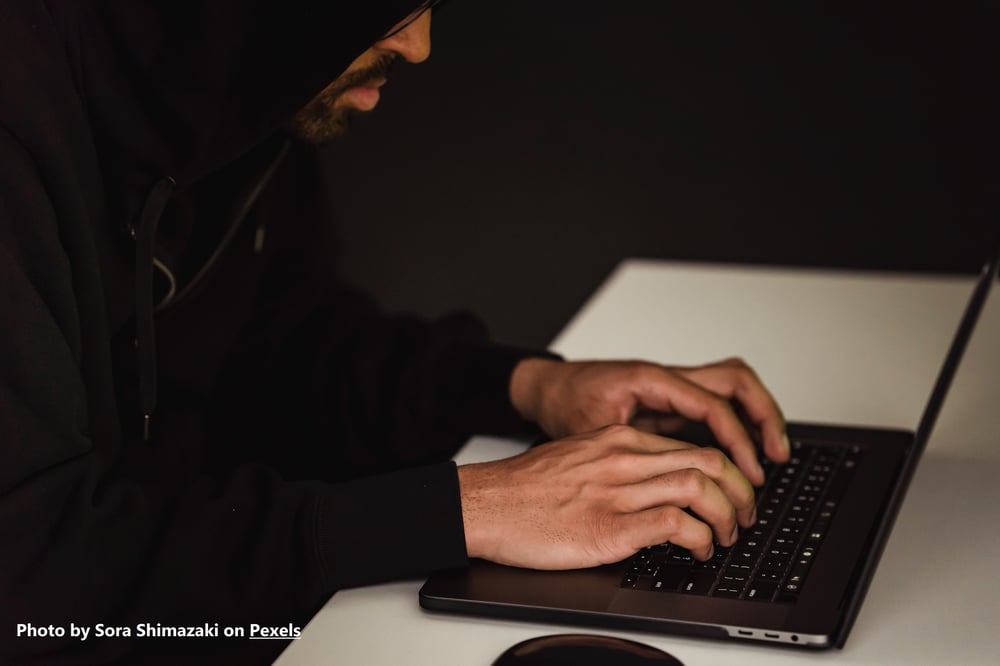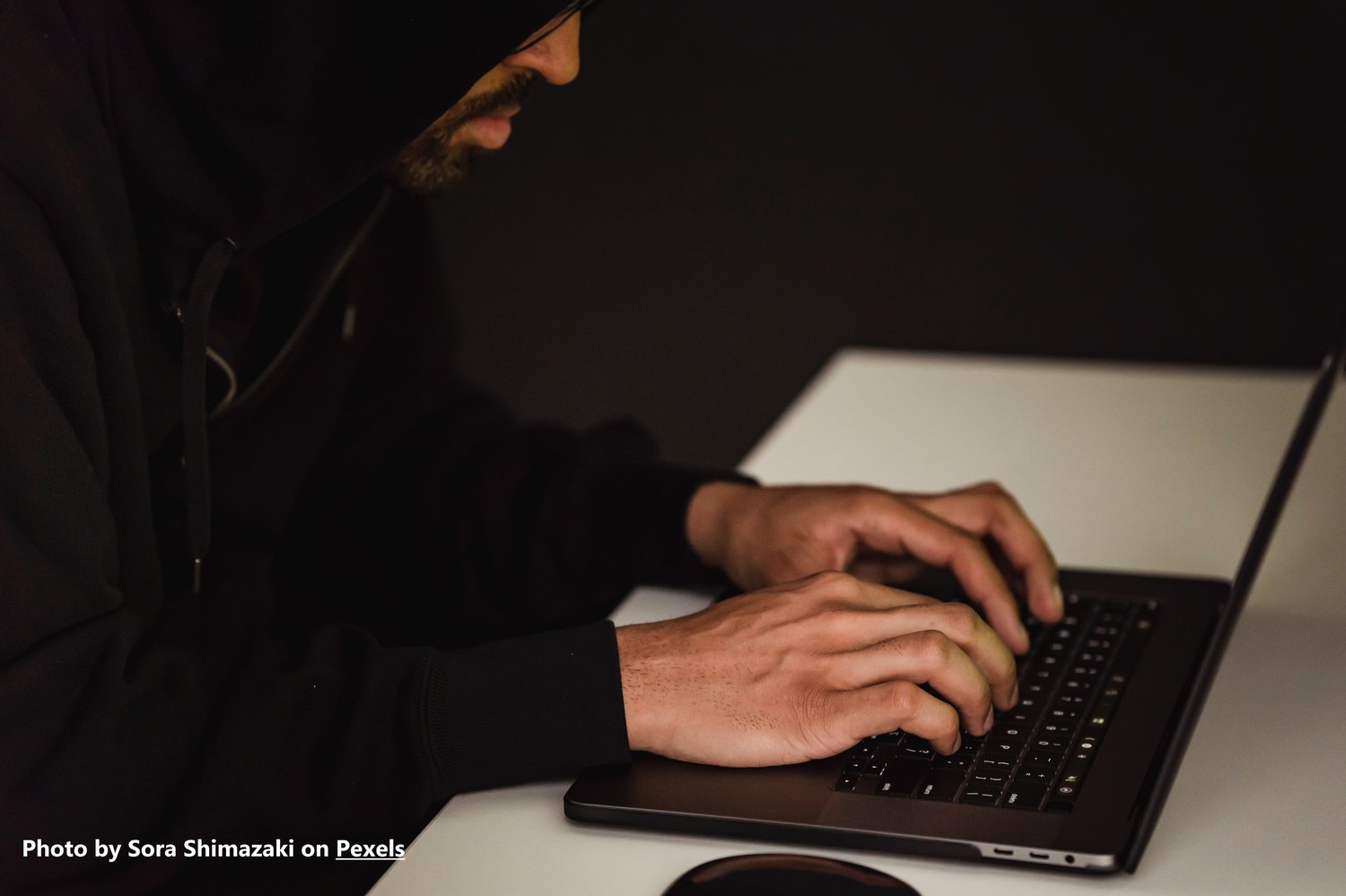
Introduction
As we enter the Fourth Industrial Revolution (4IR), the digital world has become more complex, and it is essential to have cyber security skills to protect oneself and others from cyberattacks. Cybersecurity skills are not only for IT professionals but also for anyone who uses electronic devices. Cybersecurity breaches can be costly to organizations and individuals, leading to the loss of data, money, and reputation. Fortunately, by mastering essential cybersecurity skills, students can protect themselves from cyber threats in the 4IR era. Here are 10 cybersecurity skills every student must have in the 4IR Era:
1. Strong Password Creation and Management
Safeguarding online accounts begins with the creation of robust passwords, which serve as the initial line of defense. An effective password should encompass a combination of diverse characters, including both upper and lower case letters, numbers, and symbols. Equally vital is the management of passwords, a crucial aspect of maintaining account security. Employing unique passwords for each account and periodically altering them aids in deterring cyber threats, notably hacking attempts. By adhering to these practices, individuals can significantly enhance the security of their online presence. To protect online accounts, the primary step involves establishing strong passwords. These passwords should consist of a mixture of characters, encompassing uppercase and lowercase letters, numbers, and symbols. Simultaneously, it is essential to effectively manage passwords. Adopting distinct passwords for different accounts and regularly updating them acts as a preventive measure against cyber threats, including hacking incidents. By embracing these strategies, users can bolster their online account security significantly.
2. Understanding Phishing Scams
Phishing emails have gained immense popularity as a deceptive tactic to trick individuals into divulging sensitive information or unwittingly installing malware. It is crucial for students to be well-versed in recognizing phishing scams and discerning suspicious emails to shield themselves from falling prey to these malicious attacks. Such scam emails tend to employ urgent language, urging recipients to act promptly. They frequently request personal or sensitive data and often originate from unfamiliar names or addresses, adding an air of dubiousness to their legitimacy. By fostering an understanding of these telltale signs, students can fortify their defenses against phishing attempts, safeguarding their personal information and digital security. Awareness and vigilance are paramount in today's interconnected world, where cyber threats constantly evolve and target unsuspecting victims.
3. Implementing Anti-Virus Software
Having a comprehensive knowledge of malware is crucial for students in order to safeguard their electronic devices. Malicious software such as viruses, worms, Trojans, and adware can cause severe damage, making it essential to understand their characteristics and methods of mitigation. To counter these cyber threats effectively, students should prioritize the installation and regular updating of anti-virus software. This software plays a vital role in identifying and eliminating malware, ensuring the security and integrity of their devices. By staying informed about the latest malware trends and taking proactive measures, students can significantly reduce the risk of falling victim to cyberattacks. Therefore, acquiring an understanding of malware types and implementing anti-virus measures is pivotal to maintaining a safe and protected digital environment.
4. Using Encryption
Encryption is a vital procedure that transforms delicate information into an incomprehensible code, rendering it accessible only to authorized individuals. It is imperative for students to acquire the skills necessary to encrypt data, especially when it involves secure transmission and storage. By encrypting data, the confidentiality of crucial information, such as financial transactions and medical records, is upheld, thereby ensuring their protection from unauthorized access and potential misuse. Encouraging students to familiarize themselves with encryption techniques empowers them to play an active role in safeguarding sensitive data, contributing to a more secure digital landscape. By emphasizing the significance of encryption, students are equipped with the knowledge and tools needed to navigate the complexities of information security, fostering a responsible and proactive approach to data protection.
5. Secure Web Browsing
It is crucial for students to grasp the potential dangers linked to browsing unsecured websites or clicking on unfamiliar links. Unsafe web pages pose a serious risk of malware and other cyber threats infiltrating their devices. Therefore, students must exercise caution when choosing which websites to access, steering clear of suspicious domains, and prioritizing the adoption of secure browsing protocols such as HTTPS. By being mindful of these practices, students can minimize their vulnerability to online dangers, safeguard their personal information, and protect their digital well-being. Awareness of these risks empowers students to make informed decisions while navigating the vast realm of the internet, ensuring a safer online experience for themselves and their peers.
6. Understanding Network Security
Network security is a critical aspect of safeguarding networks against unauthorized entry. It is crucial for students to acquire knowledge about securing networks, particularly Wi-Fi networks, by employing robust protocols like WPA3 encryption. Additionally, they should grasp the potential hazards associated with utilizing unsecured public Wi-Fi networks and recognize the significance of implementing a Virtual Private Network (VPN) to protect their data. By comprehending the principles of network security, students gain the ability to fortify their networks against potential threats. This includes setting up strong encryption protocols that guarantee the confidentiality and integrity of data transmitted over Wi-Fi networks. Moreover, they should be aware of the risks inherent in connecting to unsecured public Wi-Fi networks, which can expose their personal information to malicious actors. Deploying a VPN establishes a secure and encrypted connection between a student's device and the internet, safeguarding their data from prying eyes. This additional layer of protection ensures that their online activities remain private and confidential, even when connected to potentially insecure networks. In conclusion, by understanding network security concepts and implementing necessary precautions like WPA3 encryption and VPN usage, students can significantly enhance the safety and integrity of their network connections.
7. Cybersecurity Awareness
In today's increasingly digital world, being aware of cybersecurity is paramount to safeguarding against cyber threats. With the pervasive integration of digital devices into our daily lives, it is essential for students to have a solid understanding of the common avenues through which cyberattacks occur. By providing comprehensive cybersecurity training and education, we can empower students to cultivate a security-oriented mindset and make informed decisions regarding their digital safety. By raising awareness about potential risks and equipping students with the knowledge and skills to mitigate those risks, we enhance their ability to protect themselves and their personal information in an ever-evolving technological landscape. Through proactive cybersecurity education, we can foster a safer digital environment and empower students to become responsible and resilient users of technology.
8. Incorporating Multi-Factor Authentication
Multi-factor authentication enhances the security of account access by employing a combination of multiple verification methods. By mandating the use of at least two authentication factors, it adds an additional layer of protection. By combining strong passwords with multi-factor authentication, online accounts are fortified against potential breaches by malicious hackers. This approach significantly minimizes the risk of unauthorized access, as it necessitates the presence of two or more independent factors for verification. These factors could include something the user knows (like a password), something they possess (like a mobile device or security token), or something inherent to them (like biometric data). By incorporating these diverse elements, multi-factor authentication reinforces the security infrastructure, making it significantly more challenging for adversaries to compromise user accounts and ensuring a safer online experience.
9. Regular System Backups
In an increasingly digital age, the importance of backing up electronic data cannot be overstated, particularly in light of potential cyberattacks. It is crucial for students to acquire the knowledge and practice of regularly safeguarding their data by creating backups and storing them securely. By adopting this habit, students can protect sensitive information from being lost or irreparably damaged. Ensuring the safety of electronic data requires proactive measures. Students should be encouraged to back up their files consistently, whether they're important documents, assignments, or personal files. Moreover, these backups should be stored in a secure location, such as external hard drives, cloud storage platforms, or encrypted devices. By doing so, students can mitigate the risk of data loss caused by cyber threats, hardware failures, or unforeseen accidents. By educating and empowering students with the necessary skills and awareness of data backup, we can cultivate a culture of responsible digital citizenship, preserve important information, and minimize the detrimental impact of cyber incidents.
10. Ethical Hacking
Ethical hacking entails the systematic examination and evaluation of an organization's security systems with the intention of discovering vulnerabilities. It is crucial for students to acquire knowledge and engage in ethical hacking practices in order to effectively identify weaknesses within security frameworks and devise appropriate remedial measures. By doing so, organizations can fortify their security systems and enhance their resilience against potential cyber threats. Ethical hacking serves as an invaluable tool for strengthening security infrastructure and fostering preparedness against potential cyberattacks. It allows students to adopt a proactive approach, gaining practical insights into potential threats and developing effective strategies to combat them. By actively engaging in ethical hacking, students cultivate a deeper understanding of the intricacies involved in safeguarding digital assets. Ultimately, the integration of ethical hacking within educational curricula empowers students to become proficient security professionals who can contribute to the protection of sensitive information and the resilience of organizations in the face of evolving cyber threats.
Conclusions
In the rapidly advancing era of the Fourth Industrial Revolution (4IR), possessing proficient cyber security skills has become paramount for students. These vital abilities empower them to safeguard themselves and others from ever-increasing cyber threats. By acquiring a deep understanding of cyber security, students can effectively shield organizations and individuals against potential financial losses and reputational harm. Furthermore, the implementation of learned cybersecurity knowledge not only fortifies the digital realm but also equips students for the continuous evolution of technology in the future. In essence, cyber security emerges as a critical skill set that not only ensures personal safety but also contributes to the overall resilience of individuals, organizations, and society as a whole. Embracing these skills prepares students to navigate the digital landscape with confidence and helps them stay ahead in a world defined by rapid technological advancements.
About the Author

Emmanuel is an MSc graduate of Engineering Project Management at Coventry University, UK. He has over 20 years of experience as a dissertation writing research tutor, project manager, and business development professional. He has a strong background in delivering high-quality research-based content across various industries. His writing style is versatile, allowing him to adapt to different subjects and formats, including academic papers, market research reports, and business proposals. You can enroll for his Research Writing Assistance and Tutoring Services to enhance both your academic performance and career readiness.
Citations
- Aviv, A. J. (2018, May). Cyberattacks: Prevention, Cumulative Deficits, and Contingencies. In Journal of Industrial and Management Optimization (Vol. 14, No. 2, pp. 427-446). AIMS. https://doi.org/10.3934/jimo.2017057
- Carlton, M., Levy, Y., & Ramim, M. (2019). Mitigating cyber attacks through the measurement of non-IT professionals’ cybersecurity skills. Information & Computer Security, 27(1), 101-121.
- Compliance, C. (2021). 10 Cyber Security Skills Every Student Must Have in the 4IR Era. BLC Network. https://blcny.org/10-cyber-security-skills-every-student-must-have-in-the-4IR-era/
- Crumpler, W., & Lewis, J. A. (2019). The cybersecurity workforce gap (p. 10). Washington, DC, USA: Center for Strategic and International Studies (CSIS).
- Peslak, A., & Hunsinger, D. S. (2019). What is cybersecurity and what cybersecurity skills are employers seeking?. Issues in Informa



